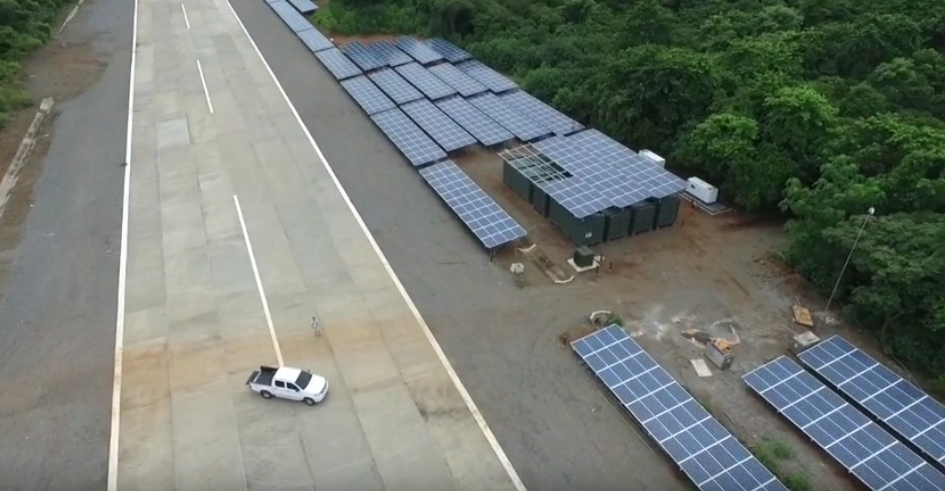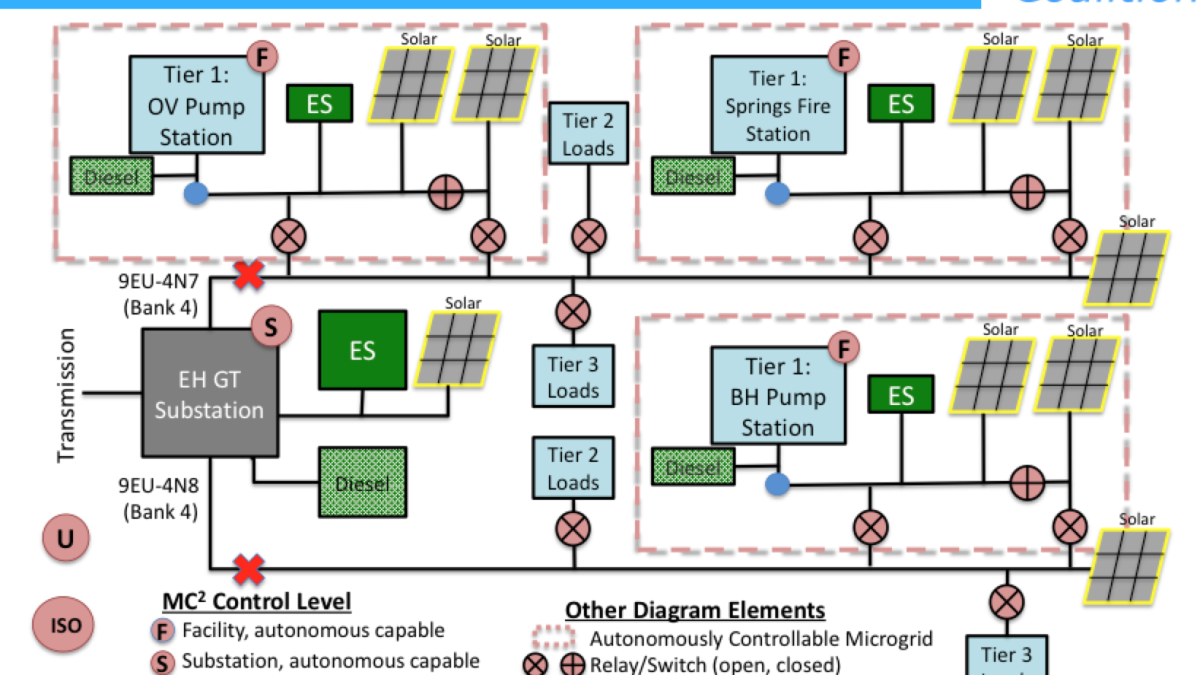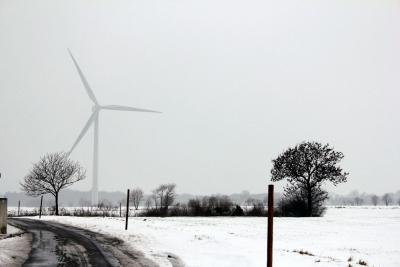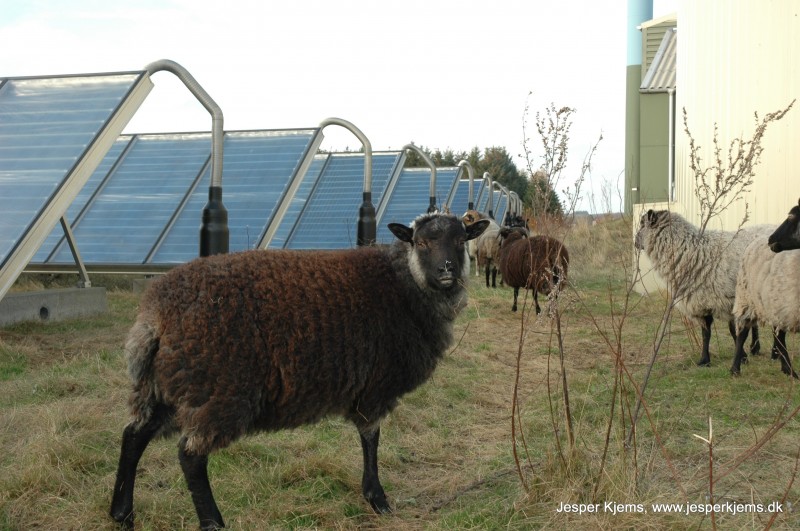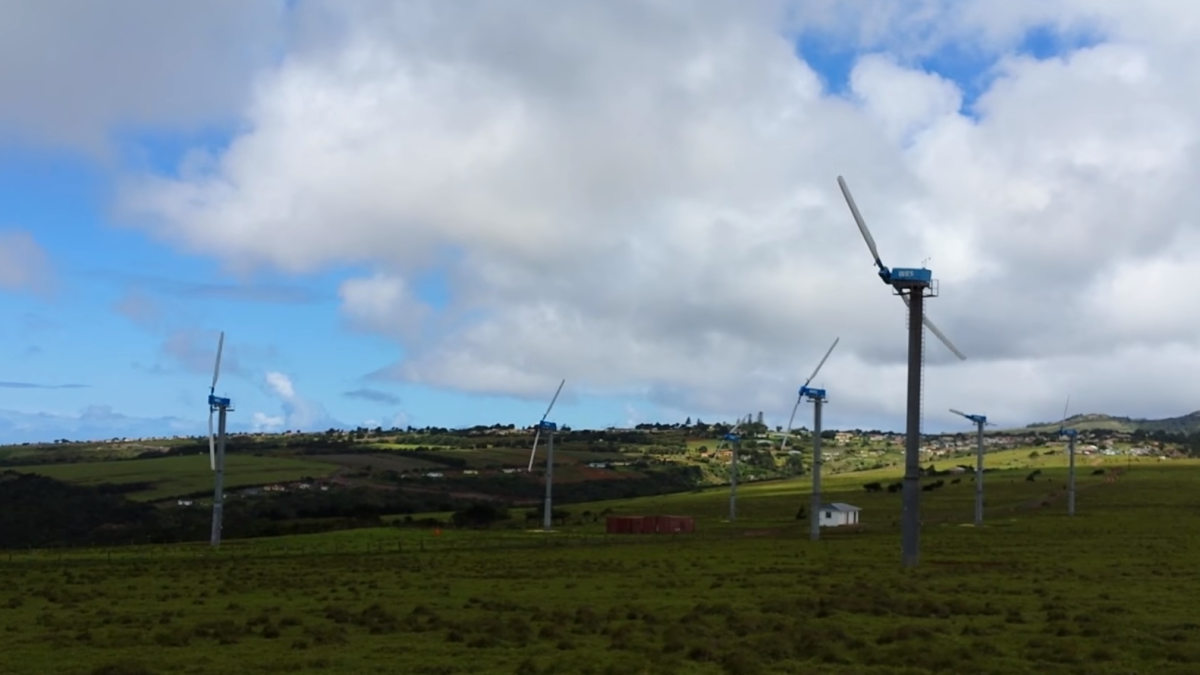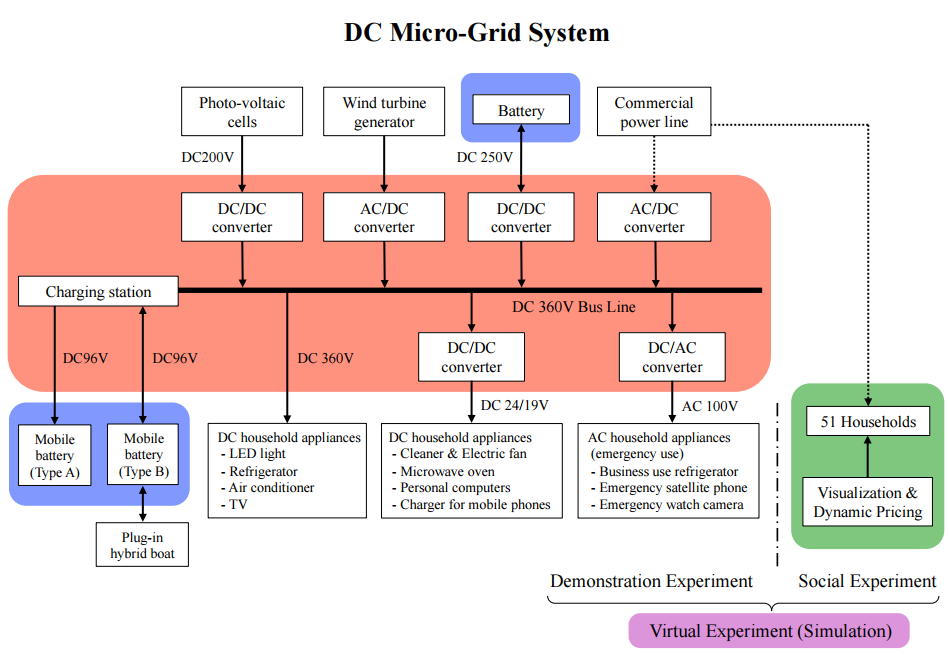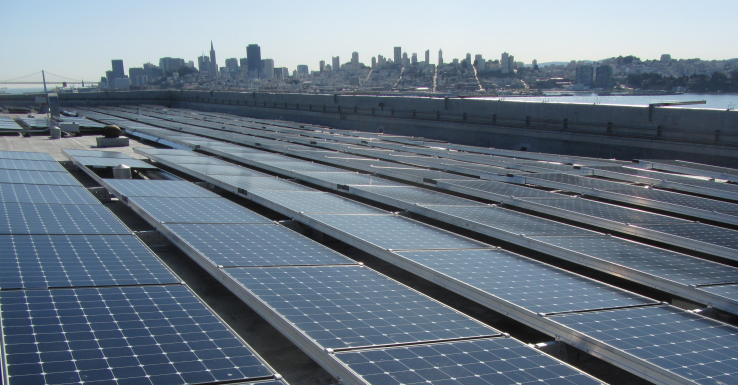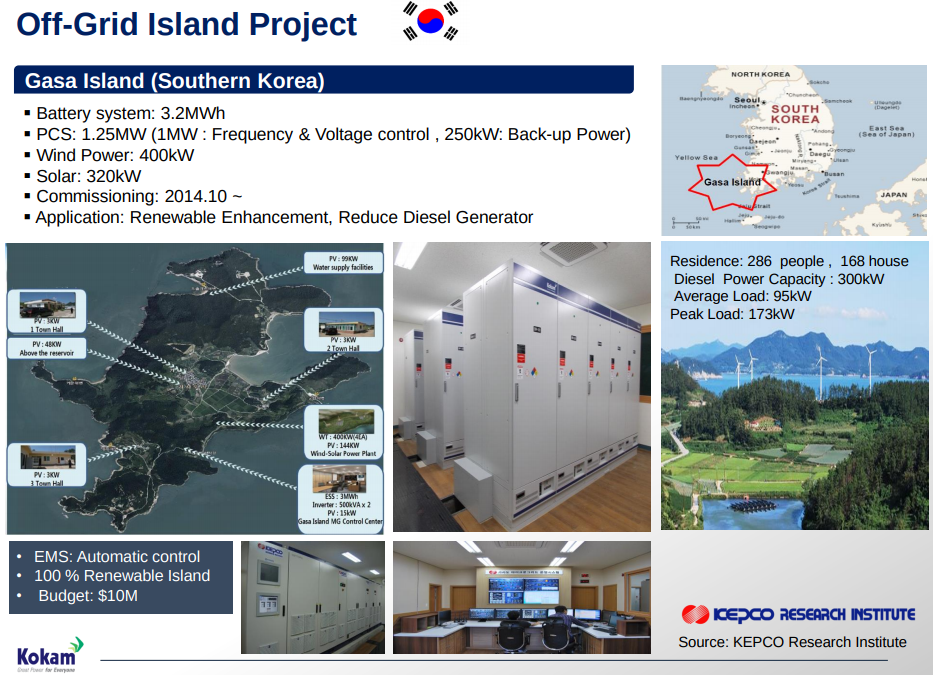Search Results for: island
The Long Island Community Microgrid Project (LICMP) would provide energy support to a community susceptible to storm damage year round. The proposed microgrid would receive up to 50 percent of its electric energy requirements from local solar — avoiding hundreds of millions of dollars in transmission investments that otherwise would be required under a traditional approach to delivering power to this grid-constrained community. Technology would include up to 15 MW of local solar, a 25-MWh energy storage system, and other distributed energy resources (DER). Critical services include two Suffolk County Water Authority (SCWA) water pumping and filtration plants and the Springs Fire District facility.
The Long Island Community Microgrid Project will provision about 50% of its grid-area electric power requirements from local solar. Additionally, this approach shows the way to avoid $300 million in transmission upgrades to the East End of Long Island, while directly avoiding transmission infrastructure investments and avoided peak energy costs that more than pay for the entire Project. The result will be an optimized local energy system combining up to 15 megawatts (MW) of solar power with a 25-megawatt-hour energy storage system. The renewables-based solution will also provide backup power to critical loads, including two Suffolk County Water Authority water pumping and filtration plants and the Springs Fire District facility, during outages. The Long Island Community Microgrid Project is designed to deliver many benefits to the community such as: reducing dependence on the transmission grid and local, oil-based generators; significantly increasing the penetration of local renewable energy; maintaining electric services for critical loads during grid outages; and, demonstrating the feasibility of using energy storage in utility grid operations to increase local renewable generation, while decreasing fossil fuel consumption and transmission costs.
Microgrid Partners: PSEG Long Island, Long Island Power Authority, Suffolk County Water Authority, and the Springs Fire District.
NY Prize Timeline Stage 1: Feasibility Study – The Long Island Community Microgrid Project submitted its Stage 1 deliverables in late 2015. Key Stage 1 activities included: modeling the distribution grid to analyze existing loads and capacities, including storage; identifying optimal sites for local renewables, including 32 MW of new potential local solar capacity; and assessing the substantial economic, energy, and environmental benefits. Stage 2: Design – The Clean Coalition is preparing its proposal to advance the Long Island Community Microgrid Project to
Stage 2 of the competition. Key Stage 2 activities include: detailed assessments of technical design and system implementation; project valuation and investment planning; and finalizing project development, construction, and operational plans. Stage 2 milestones are expected to be complete by yearend 2017.
Stage 3: Project Build-Out – The last stage of the NY Prize Competition is expected to begin in early 2018. Key Stage 3 activities include: technical and operational performance assessments; microgrid system reliability demonstrations; Financial, commercial, and managerial capabilities of the project developer; and complete build-out of the project. For more information on the Long Island Community Microgrid Project, please visit www.clean-coalition.org.
28,000 customers
Peak load: 63 MW
Annual electricity consumption (2007): 262 GWh
4000 ppl, 22 villages, 100% RES
Owned by: St. Helena Government
Princeton Power Systems completed a Commercial scale Microgrid System on Alcatraz Island as a solution to high diesel fuel costs, pollution in the bay area, and high carbon emissions. When a ship’s anchor ruptured the underwater power lines in 1950, that linked the island to San Francisco, Alcatraz was forced to turn to diesel fuel and coal as its source of power. In 2010, when approached to take on the project, Princeton Power was excited to take on the challenge of enabling the historic landmark and tourist attraction, “The Rock”, to become its own clean and efficient independent power source
Battery system: 3.2MWh
PCS: 1.25MW (1MW : Frequency & Voltage control , 250kW: Back-up Power)
Wind Power: 400kW
Solar: 320kW
Commissioning: 2014.10
Application: Renewable Enhancement, Reduce Diesel Generator
Residence: 286 people , 168 house
Diesel Power Capacity : 300kW
Average Load: 95kW Peak Load: 173kW
EMS: Automatic control
100 % Renewable Island
Budget: $10M
Frequency maintain ratio(0.2sec sampling)
Previous(Diesel power plant) : 57% – Today (MicroGrid) : 100%
Optimal combination of DG and evaluation of economic feasibility System analysis and optimal location of DG Generation control, emergency control, load control, etc. Operation manual, emergency operation manual Verify technology based on DG capacity combination Build infrastructure for commercialization through site optimization [Before MG technology] Demonstration Develop EMS and operating technology Develop engineering process Wind Fresh ESS water House House PV
